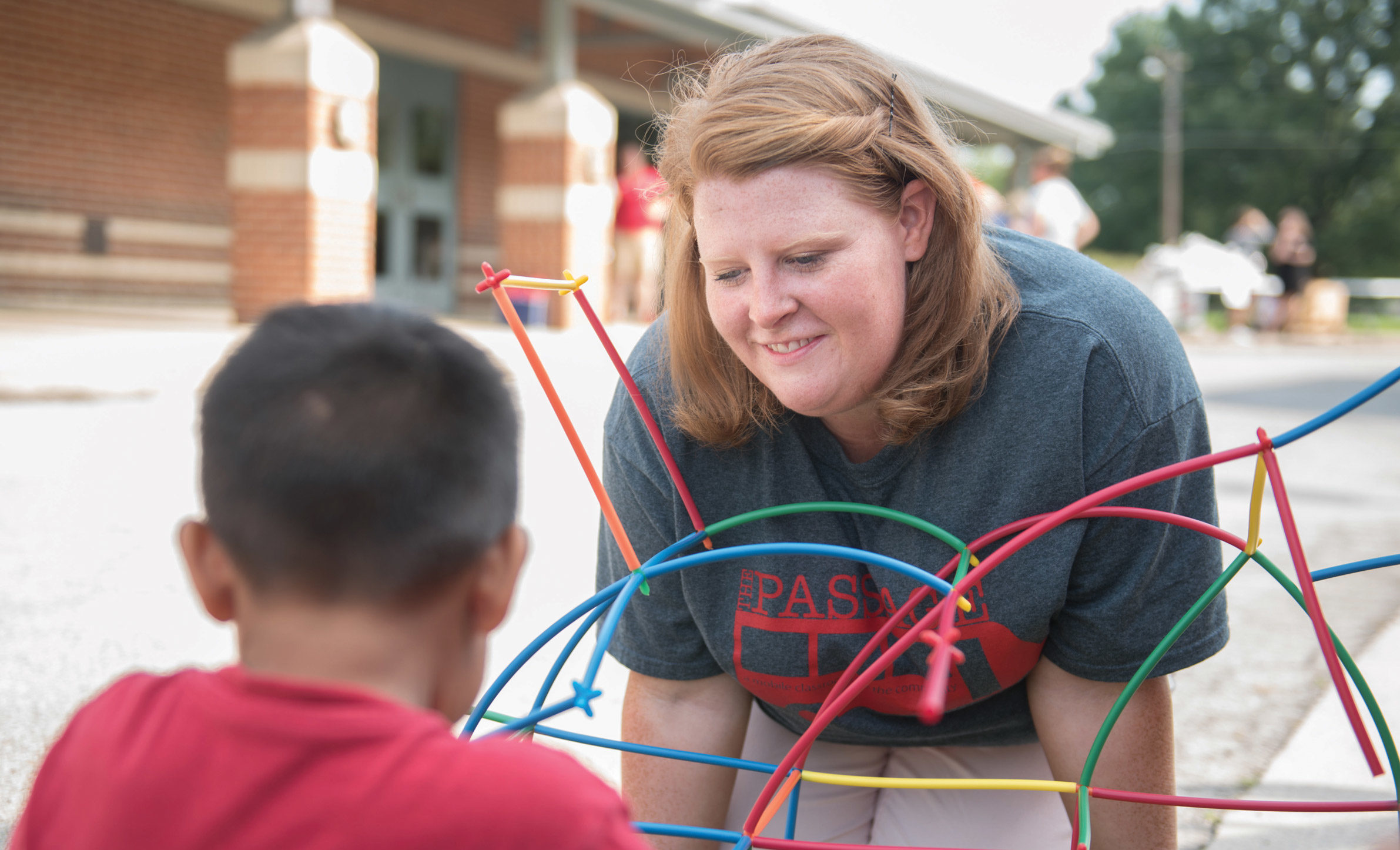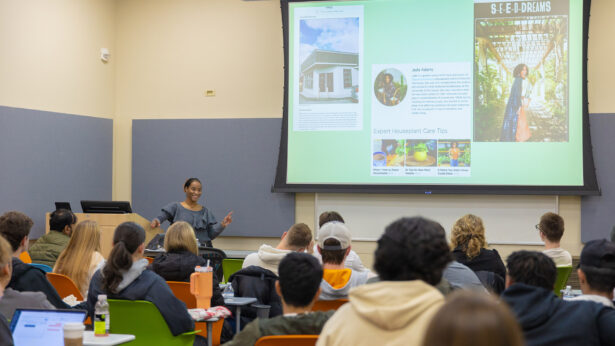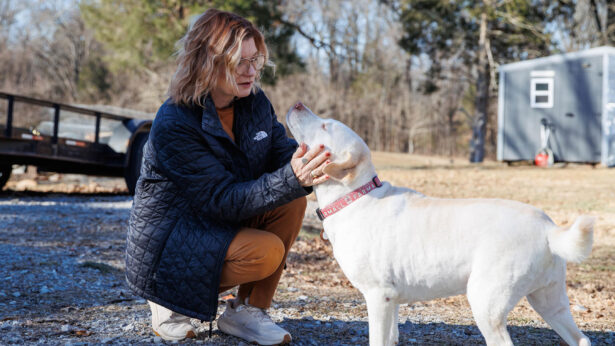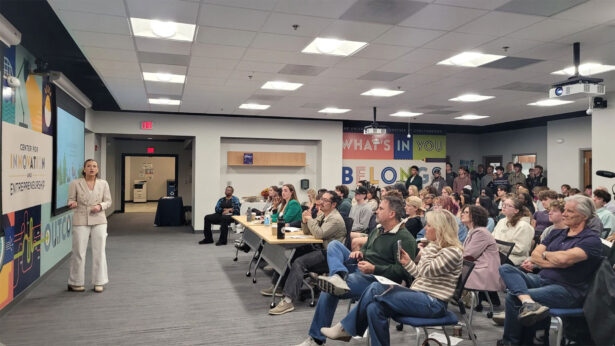Featured Photo: Colleen Ryan works with a student
By Shawn Ryan | Photos by Angela Foster
The first time Colleen Ryan (Chattanooga ’15) witnessed a student’s “a-ha!” moment, it cemented her desire to be a teacher.
“Seeing those students’ eyes light up when they finally got something correct; seeing the excitement on the teacher’s and the student’s face at the same time,” she recalls of that moment.
The first thought may be that her own “a-ha!” moment hit her when she was a student teacher, standing in front of the class and leading a lesson or leaning over students, helping them with an assignment. But that’s not the case.
Ryan, who won the national Toyota Teacher of the Year Award for 2019, had just started the UTC School of Education’s Teacher Education program when she had her first experience with a living, breathing classroom. As part of the “Education in the United States” course, she was there simply to observe, not participate.
While her experience cemented her desire to teach, it did the opposite for others.
“There were some of my friends who were in that class, and it opened their eyes, and they were like, ‘I don’t want to do this,’” says Ryan, now a kindergarten teacher at Rivermont Elementary School in Chattanooga. “It wasn’t a bad thing. They just didn’t want to go all the way through and then realize: ‘This isn’t what I want.’”
And that’s the point. Unlike the teacher-education programs at many universities, UTC chucks its students into a classroom in one of the first courses they take. “Education in the United States” is a fish-or-cut-bait moment for students thinking about being a teacher, giving them a chance to bail if they decide they don’t.
“The course is normally taken around their sophomore year, so they haven’t been accepted into the teacher education program,” says Renee Murley, UTC School of Education director. “We want it early enough so, if they decide it’s not for them, they can transfer easily into another program. We really want them to decide: ‘Is this really the field I want to go into?’
“This is not an easy profession; it’s not a fallback profession.”
Requiring 10 hours each semester, the classroom experience is eye-opening for almost every student but, in general, out of the 180 or so students who take the course each academic year, only about nine change majors, she says.
Being in the classroom early also tells the students whether they have the personality for a teaching career, says Kim Wingate, teacher education program coordinator.
“That’s a big deal,” she says. “They’re not aware of that at 18 or 19 years old, so they’re getting an appreciation and understanding of the day-to-day balancing a teacher does.
“It is quite different than babysitting or when you were working part-time in a daycare. I did that,” Wingate says. “But it’s working part time in child care versus when you actually go out and start looking at it like: ‘I would be in charge.’”
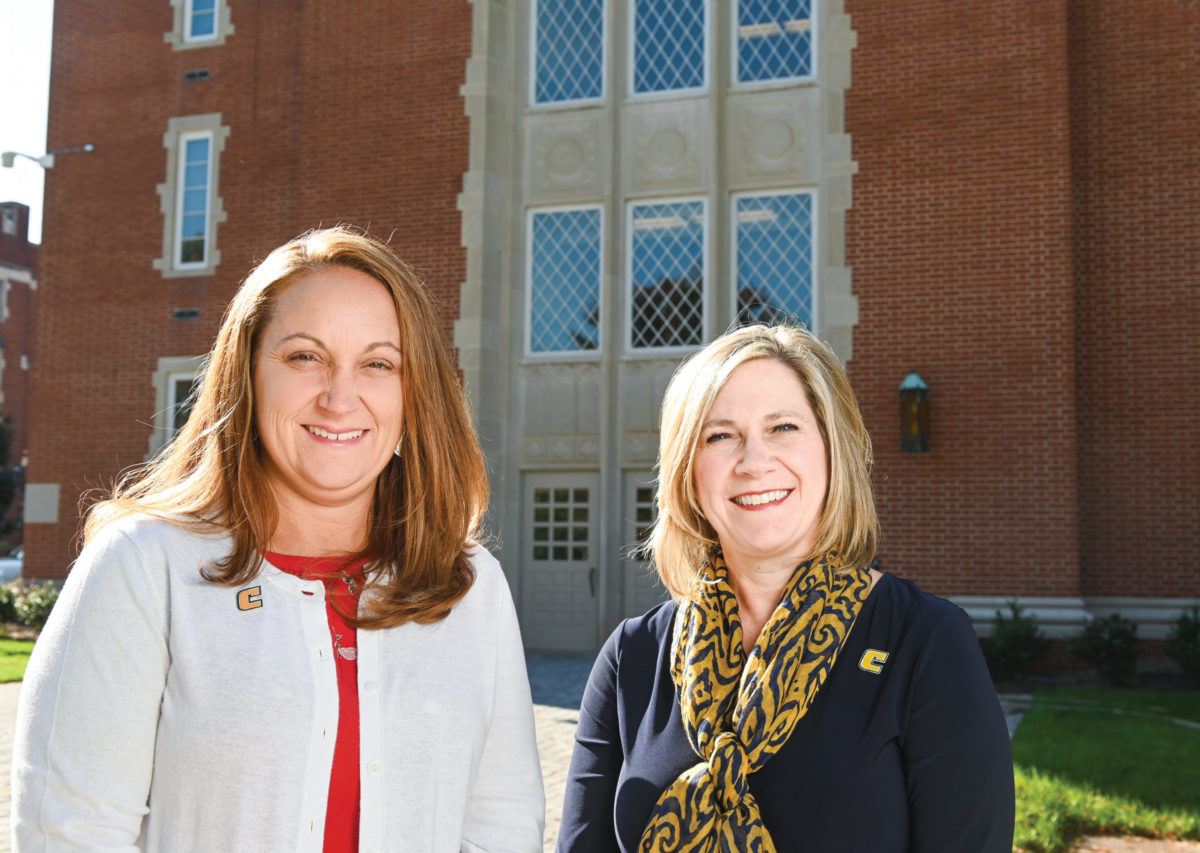
Before they’re in the classroom, students are given a specific list of things to observe. Classroom management strategies. How the teacher engages the students. Lesson designs. Dealing with problem behavior. Meeting each child’s needs.
“There’s a classroom that’s full of children with all different needs,” Murley says. “Attempting to meet the needs of all the children in the classroom has got to be in the forefront of their mind.”
For Ryan, being in the classroom gave her the courage she needed to make teaching a career.
“It gave me the confidence to make an impact in students’ lives, just by showing me the tools that I need and telling me that I can do it,” she says. “I think it gave me the experience I needed. It really pushed me into making sure, to seek out opportunities to make an impact.”
